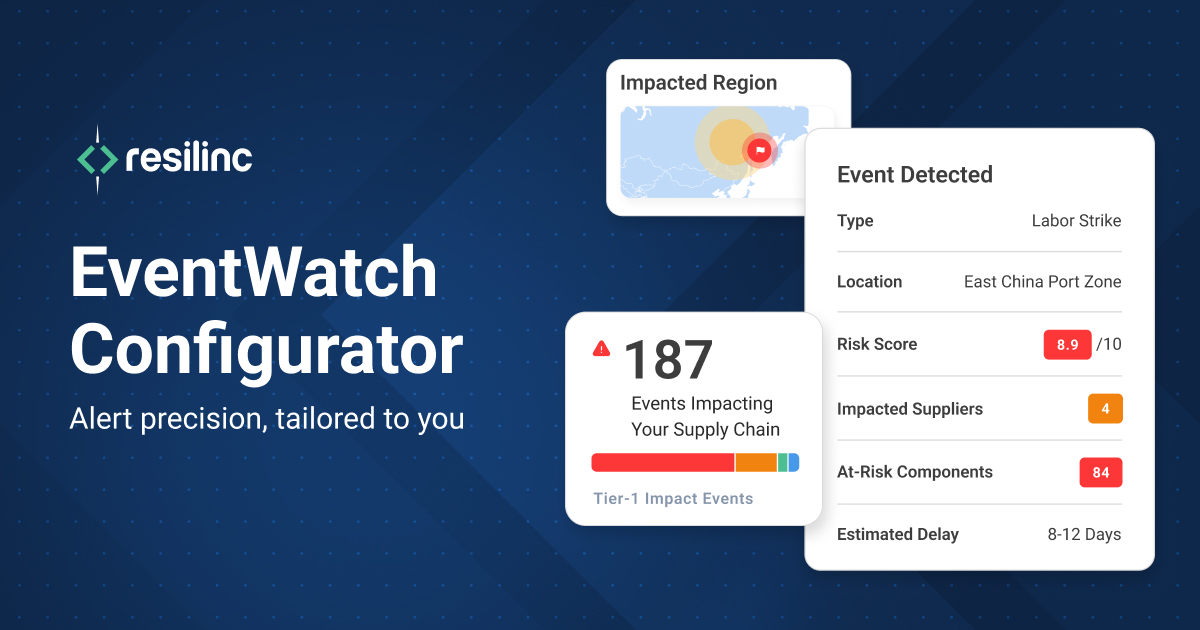There is an enormous opportunity to make America’s supply chains less overseas dependent by sourcing more parts, materials, and products from America’s neighbors. This concept was discussed in a recent live chat between Resilinc’s CEO, Bindiya Vakil and supply chain advisor and former CPO, Tom Linton. Linton calls this strategy “our Pan-American Destiny.”
Here’s how and why it works:
Mexico and Canada already rank as the United States’ second- and third-largest trading partners: Mexico provided 13.9% and Canada 11.6% of our imported goods in 2020. That combined total is more than China’s 18.6%. With the right vision, the right federal and corporate policies, and extensive cooperation across borders, the United States’ Pan American trade could grow dramatically. We can build on free trade agreements and long histories of investment and commercial relationships. Proximity itself is also an advantage, saving money and reducing the carbon emissions associated with shipping.
Such a change would not only reduce America’s supply chain dependence overseas, but it could also boost employment in Mexico and Central America (reducing the pressure and need to migrate north). Speaking of employment and labor: we must also be realistic about the labor issues that constrain the growth of U.S. manufacturing. Workers with the skills and desire to work in modern factories have been “stubbornly scarce” for years, according to the 2019 and 2020 Reshoring Index from management consulting firm Kearney. Case in point: when manufacturing moved overseas, we created a thriving service sector that employed a large chunk of the population. And now, people would rather make lattes or waitress than work an assembly line.
Still, it’s important to recognize that shifting a significant portion of overseas’ manufacturing to the Americas will require overcoming some major challenges. For one, it will take rigorous supply chain mapping to simply identify all the links in a supply chain (such as the Chinese-controlled metals and rare earths that go into high-tech components and products made all over the world).
And while Canada and Mexico can boast advanced manufacturing expertise, the export economies in most of Central America are primarily agricultural. Of the $4 billion in goods imported in 2019 to the U.S. from Guatemala—the most populous and closest Central American country—$2.1 billion were agricultural products and $1.45 billion were apparel.
Transport and logistics infrastructure must be improved substantially, especially in Central America. And issues of corruption and political stability will need to be addressed in many countries.
Resilinc CEO Bindiya Vakil, a champion of the Pan-American strategy, estimates that developing supply chains in the Americas capable of substantially replacing those now linked to overseas’ manufacturing will take 20 years and require hundreds of billions in government investments, as well as robust incentives to change the cost-driven procurement habits of U.S. corporations.





